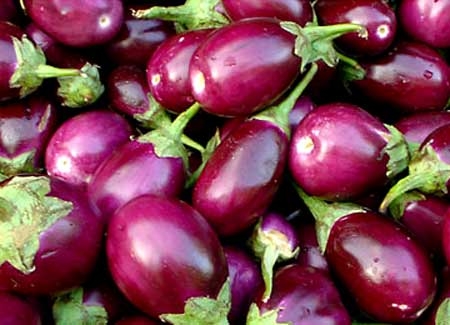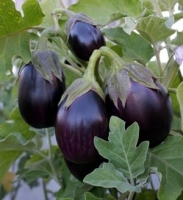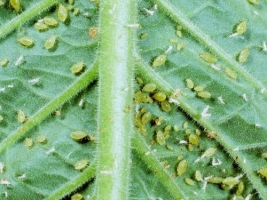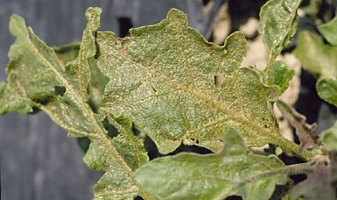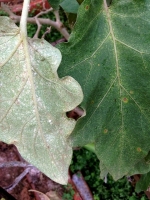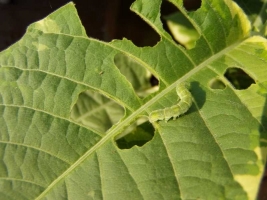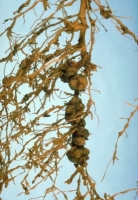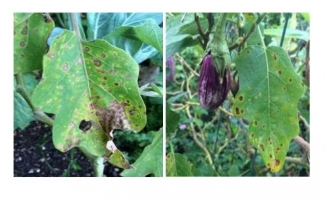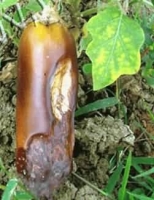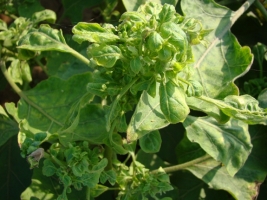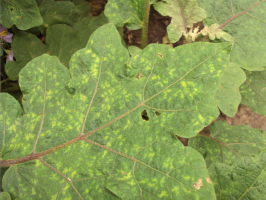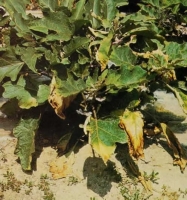Fertilizer Requirement (kg/acre)
Nutrient Requirement (kg/acre)
| NITROGEN |
PHOSPHORUS |
POTASH |
| 16 |
32 |
24 |
At time last ploughing apply Nitrogen@16kg, Phosphorus@32kg and Potash@24kg/acre in soil and mix well. Apply N:P:K fertilizer dose in form of Urea@35kg/acre, SSP@200kg/acre and MOP@40kg/acre. For hybrid varieties, apply Nitrogen@24kg/acre (Urea@52kg/acre) and keep same dose of Potash and phosphorus.
Apply Nitrogen@8kg (Urea@17kg/acre) as top dressing 20 days after transplantation. Also at time of flowering.
For drip irrigation, apply Nitrogen@32kg (Urea@70kg) , Phosphorus@32kg (SSP@200kg) and Potash@24kg/acre (MoP@40kg) in equal quantity for 10times with 10days interval.
WSF: Apply Humic acid@1Ltr/acre or do soil application of 5 kg granules/acre, in initial vegetative growth of crop. It will help in better vegetative growth and good yield. 10-15days after transplantation take spray of 19:19:19 along with micronutrient@2.5 to 3gm/Ltr of water. In vegetative growth, sometime due to low temperature plant cannot absorb nutrients from soil, plant get weak and give yellow appearance. In such situation give spray of 19:19:19 or 12:61:00@5-7gm/Ltr of water. If required, repeat spray after 10-15days. 40-45 days after transplantation, take spray of 20%Boron@1gm along with micronutrient@2.5 to 3 gram per liter of water. To fulfill nutrient requirement and to increased yield by 10-15%, give two sprays of 13-00-45@10gm/Ltr of water. Give first spray at 50days and second 10days after first spray. When the crop is in flowering or fruiting stage, take spray of 0:52:34 or 13:0:45@5-7gm/Ltr of water.
In high temperature flower drop is observed, to control flower drop take spray of NAA@5ml/10Ltr water when crop is in flowering stage. Repeat spray after 20-25 days.

